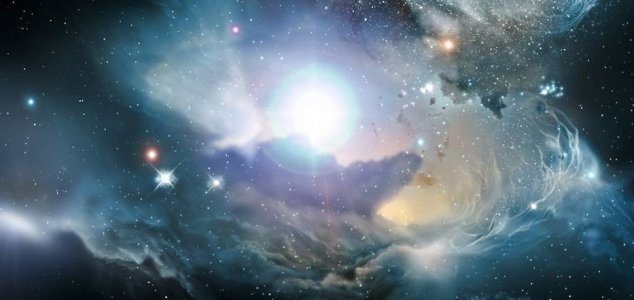Space & Astronomy
October 15, 2016 · 22 comments
22 comments

We have barely even begun to study all the galaxies that are out there. Image Credit: NASA/ESA/ESO
By implementing new mathematical models to calculate the locations of galaxies not yet observed by a telescope, the scientists were able to determine that there are in fact ten times as many galaxies in the universe than had been previously thought to exist.
Those that we have yet to observe are either too distant or too faint to see with today's telescopes.
"It boggles the mind that over 90 percent of the galaxies in the universe have yet to be studied," said astrophysicist Christopher Conselice. "Who knows what interesting properties we will find when we observe these galaxies with the next generation of telescopes."
Source: Space.com | Comments (22)
Galaxies are a lot more numerous than thought
By T.K. RandallOctober 15, 2016 ·
 22 comments
22 comments
We have barely even begun to study all the galaxies that are out there. Image Credit: NASA/ESA/ESO
There are believed to be ten times as many galaxies in the universe than previous studies had suggested.
The discovery was made by an international group of astronomers who used data collected by the Hubble Space Telescope to create a 3D computer model of the known universe.By implementing new mathematical models to calculate the locations of galaxies not yet observed by a telescope, the scientists were able to determine that there are in fact ten times as many galaxies in the universe than had been previously thought to exist.
"It boggles the mind that over 90 percent of the galaxies in the universe have yet to be studied," said astrophysicist Christopher Conselice. "Who knows what interesting properties we will find when we observe these galaxies with the next generation of telescopes."
Source: Space.com | Comments (22)

The Unexplained Mysteries
Book of Weird News
AVAILABLE NOW
Take a walk on the weird side with this compilation of some of the weirdest stories ever to grace the pages of a newspaper.
Click here to learn more

Support us on Patreon
BONUS CONTENTFor less than the cost of a cup of coffee, you can gain access to a wide range of exclusive perks including our popular 'Lost Ghost Stories' series.
Click here to learn more
Modern Mysteries, New Age and Prophecies
Palaeontology, Archaeology and History
Israel, Palestine and the Middle-East
United States and the Americas
Total Posts: 7,768,009 Topics: 325,014 Members: 203,758
Not a member yet ? Click here to join - registration is free and only takes a moment!
Not a member yet ? Click here to join - registration is free and only takes a moment!



































Please Login or Register to post a comment.